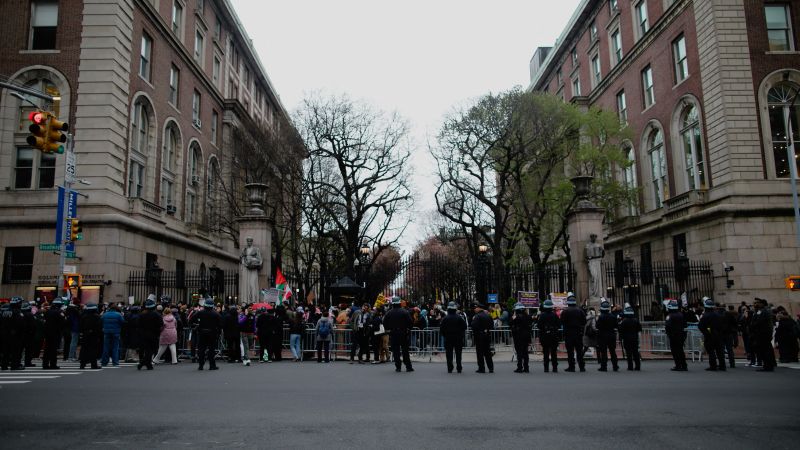University presidents have a variety of roles to fulfill, from day to day administration to donor engagement, but one of the most crucial tasks is managing internal conflicts in a way that doesn’t escalate into a public spectacle. However, Columbia University’s president recently failed to follow the traditional playbook for managing protests on campus, which has been carefully honed over decades. When the university called in the NYPD to break up an encampment set up by pro-Palestinian protesters, it deviated from the usual tactics of delaying and distracting protesters in order to prevent large-scale violence, as seen in the 1960s. This aggressive intervention by police sparked outrage across campuses nationwide, leading to solidarity protests and student encampments.
In response to the intense physical suppression of non-violent protesters at Columbia, students at campuses across the country staged their own encampments in solidarity. The shock of seeing such aggressive tactics used against protesters led to a wave of outrage and increased protest activity. It became clear that university communication teams were not effectively managing the situation, as changes in rules and procedures were being made without proper announcements or transparency. This lack of communication and clarity only served to escalate tensions further, adding pressure to university presidents like Minouche Shafik, who are now facing potential consequences for their handling of the situation.
With thousands of students, parents, and alumni about to descend on Columbia’s campus for commencement, the pressure is mounting to remove protesters and restore order. However, other campuses have managed similar situations without resorting to police intervention. For example, Brown University successfully engaged with protesters and considered their demands, leading to a peaceful resolution where the encampment was disbanded voluntarily. Similarly, campuses like Wesleyan and the University of Chicago avoided police involvement by using similar tactics of engagement and dialogue with activist groups. These approaches have helped these campuses avoid negative media attention and maintain a more peaceful environment.
The use of traditional tactics of delaying and distracting protesters, as well as engaging in dialogue and negotiation, has been a key strategy for managing student protests on college campuses. These tactics have historically prevented large-scale violence against protesters and helped universities maintain a sense of control and order during times of unrest. However, the recent events at Columbia University have demonstrated the importance of effective communication and transparency in managing campus conflicts. By learning from examples of successful resolution at other campuses, universities can navigate these challenging situations without resorting to aggressive tactics that could inflame tensions further.
As the situation at Columbia University continues to unfold, it serves as a cautionary tale for university administrators about the importance of handling student protests with care and sensitivity. The decisions made in response to protests can have far-reaching consequences not only for the university but also for the students and communities involved. By engaging in open dialogue and actively working to address student concerns, universities can prevent conflicts from escalating and create a more positive and inclusive campus environment. Ultimately, effective management of student protests requires a combination of strategic communication, empathy, and a commitment to upholding the values of free expression and peaceful dissent on college campuses.


